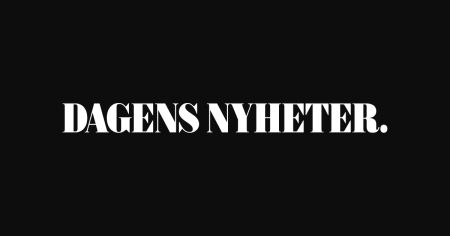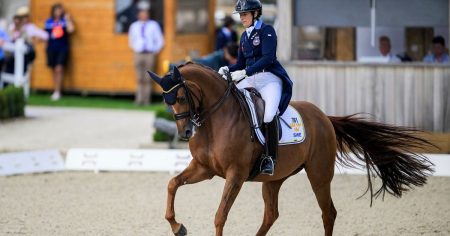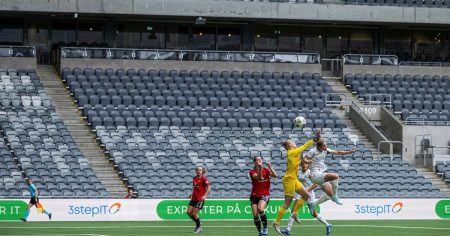The Swedish Football Association (SvFF) follows a structured election process for its board members, culminating in the annual general meeting, known as the ”förbundsmöte.” This process unfolds across several key dates, ensuring transparency and adequate time for nominations, evaluations, and ultimately, the election itself. The initial step occurs on November 15th, when the Nomination Committee (Valberedningen) announces the incumbent board members whose terms are expiring and who are seeking re-election. This allows members and stakeholders to understand who intends to continue serving and provides a baseline for considering potential new candidates. This initial communication marks the commencement of the election cycle, setting the stage for subsequent nominations.
The next critical milestone is January 15th, the deadline for submitting nominations for board positions. This period between the November announcement and the January deadline provides ample opportunity for potential candidates to declare their interest and for members to propose individuals they believe are suitable for leadership roles within the SvFF. This timeframe encourages active participation and ensures a diverse pool of potential candidates is considered. The Nomination Committee plays a crucial role during this period, gathering and reviewing nominations, assessing the qualifications and experience of each candidate, and preparing for the formulation of their final recommendation to the general meeting.
Following the nomination deadline, the Nomination Committee meticulously evaluates all submitted applications. They consider various factors, including the candidates’ experience in football administration, their understanding of the Swedish football landscape, their strategic vision for the association, and their ability to contribute to the overall growth and development of the sport. This detailed assessment is crucial to ensure the board comprises individuals with the necessary skills and expertise to lead the SvFF effectively. This evaluation period culminates in the preparation of the Nomination Committee’s proposed slate of candidates.
On February 15th, the Nomination Committee presents its official recommendation to the general membership. This proposal outlines the committee’s preferred candidates for the vacant board positions, along with detailed justifications for their selections. This transparency allows members to understand the rationale behind the recommendations and make informed decisions when casting their votes at the förbundsmöte. This announcement marks the final stage of the nomination process and paves the way for the upcoming election.
The culmination of this structured process takes place on March 22nd, the date of the SvFF’s annual general meeting (förbundsmöte). At this meeting, the members of the association exercise their voting rights, electing the individuals who will serve on the board for the next term. The candidates presented by the Nomination Committee are put forward for election, and the members cast their votes based on their assessments of the candidates’ suitability and the presented recommendations. This meeting represents the democratic heart of the SvFF’s governance structure, empowering the membership to determine the association’s future leadership.
In summary, the SvFF’s election process is a carefully orchestrated sequence of events spread across several months. It begins with the November 15th announcement of incumbent candidates seeking re-election, followed by the January 15th nomination deadline. The Nomination Committee then evaluates the nominations, culminating in the February 15th presentation of their proposed slate of candidates. Finally, the election takes place at the förbundsmöte on March 22nd. This systematic approach ensures transparency, encourages broad participation, and provides ample time for thoughtful consideration of the candidates, ultimately leading to the selection of a qualified and representative board to guide the future of Swedish football. The structured timeline allows for careful deliberation and facilitates informed decision-making by the membership, ensuring a democratic and transparent election process.














